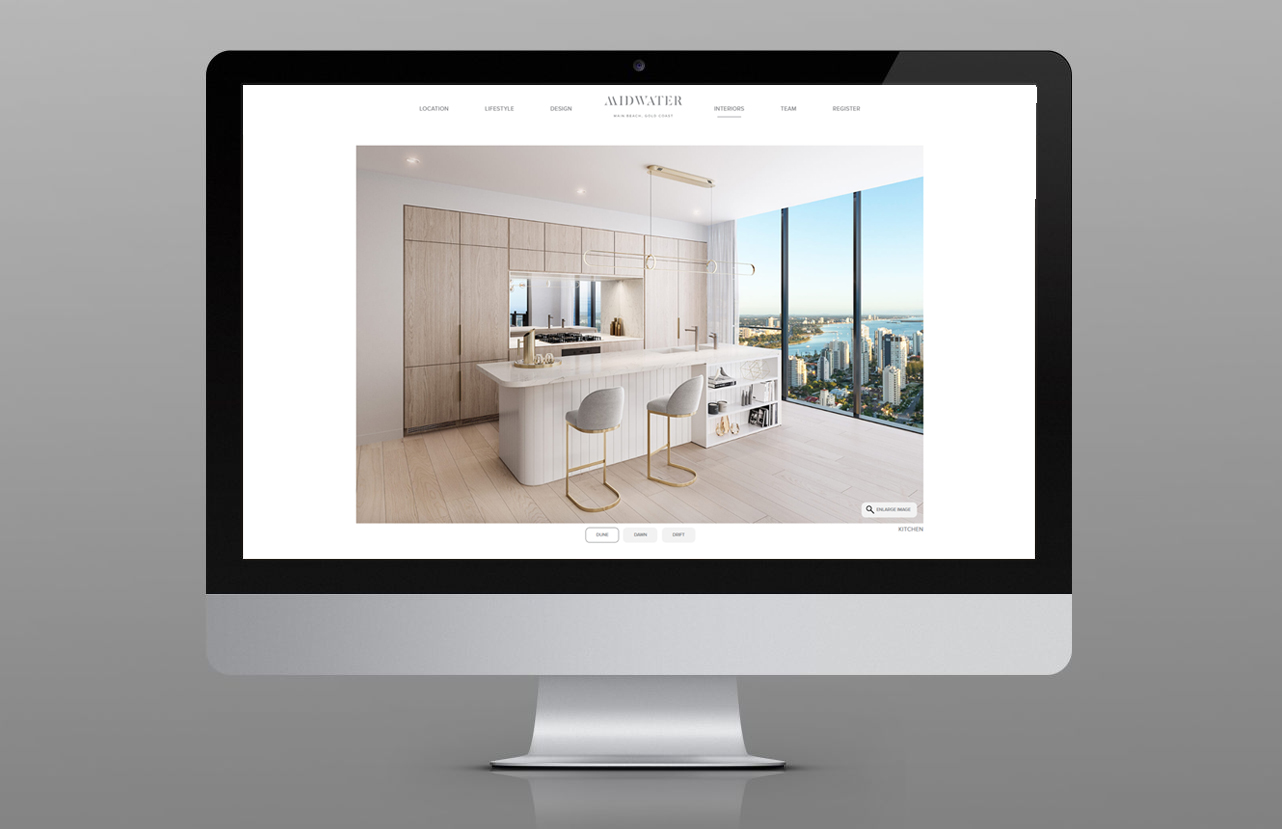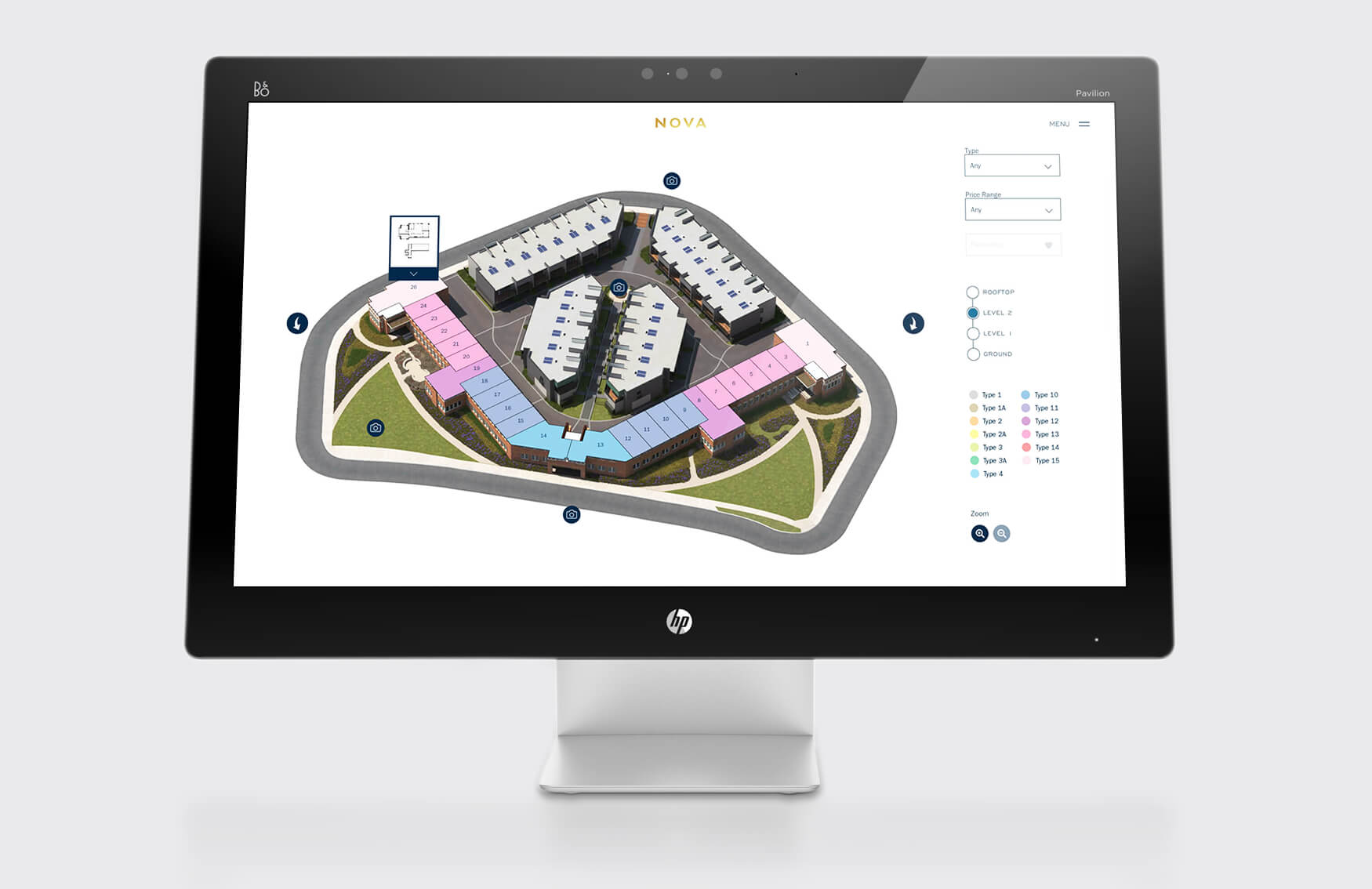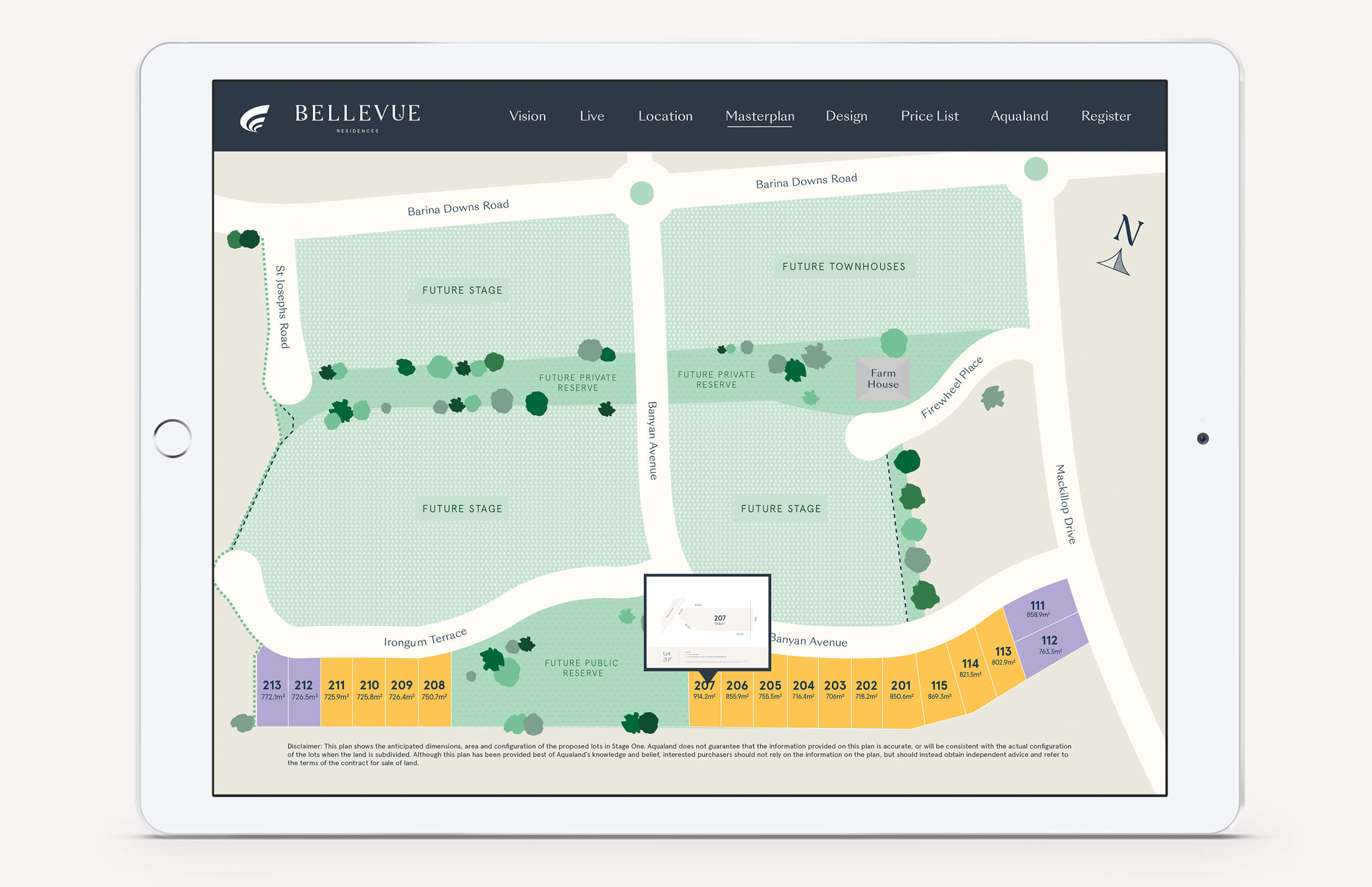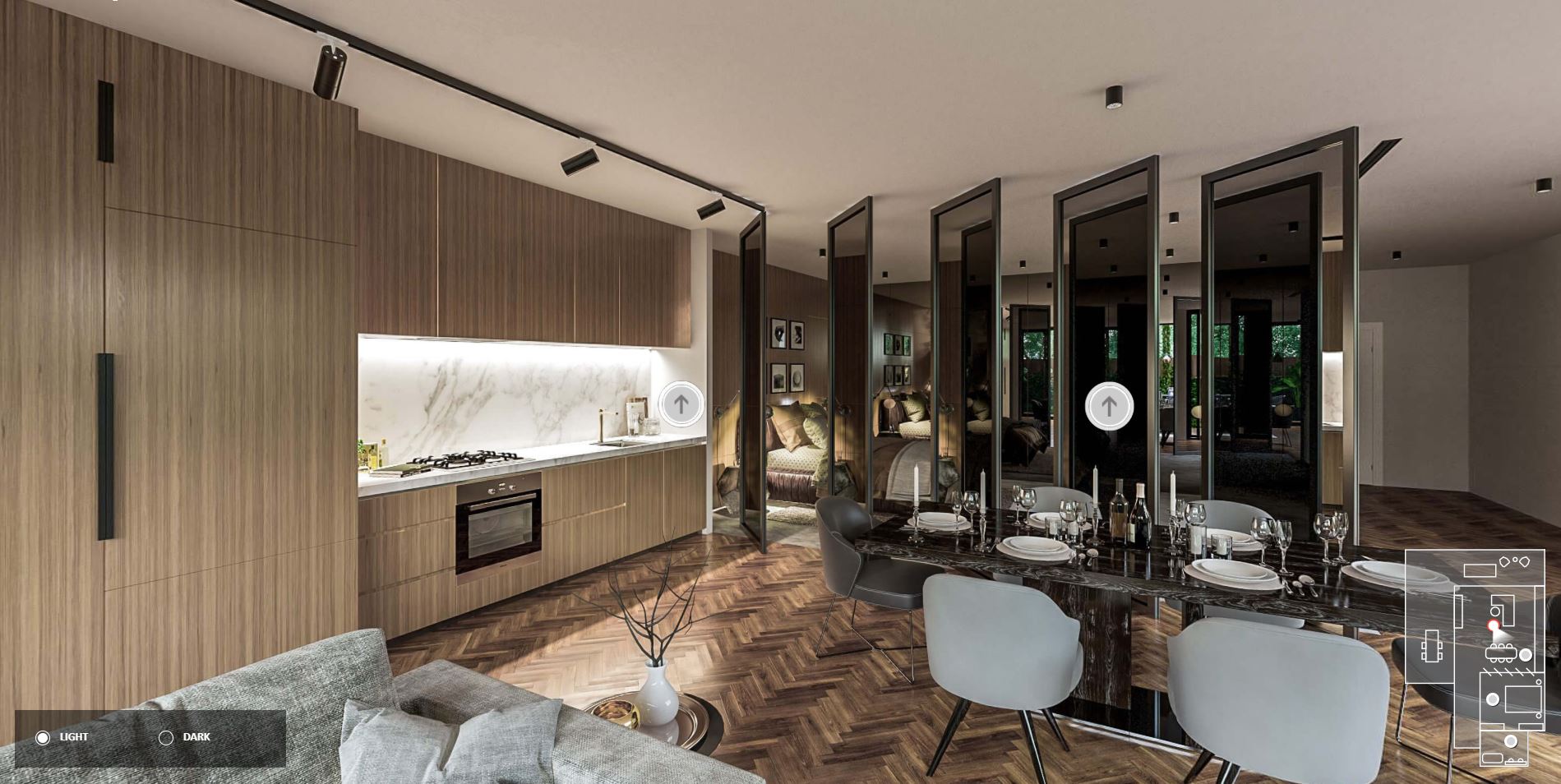Property Marketing in a Post Lockdown World
No-one needs to be told that we live in unprecedented times. It is hard to escape the news these days.
Industries across Australia are suffering from lockdown, and the property industry is feeling it as strongly, if not more strongly than most.
Data from the Housing Industry Association showed a 23.2 per cent drop in new home sales in April, the biggest monthly decline in almost 20 years.
Due to lockdown restrictions, sales suites are deserted and display homes empty. Printed brochures and agents’ sales books are unused, gathering dust. With real estate not considered an essential service, no amount of social distancing is going to help get interested buyers through your doors.

Not surprisingly, in the weeks since lockdown many developers have sought to fully utilise their online presence, that one channel where their customers can interact directly with their product.
“Potential buyers are spending an incredible amount of time online, researching and comparing,” Dealcorp marketing manager Laurelle Kobritz said.
“Our sales team has seen an increase in the purchaser’s interest in the developer, builder and architect.”
The challenge for developers has been to make the project’s website work to its full potential. To give it the tools to deliver a whole raft of online experiences, and assume the role of display suite, printed brochure and sales book all in one.

“Even before Covid-19, we had seen an increase in the numbers of developers and leasing teams shying away from traditional sales books and turning towards interactive apps,” Scharp managing director Malcolm Schapel said.
“No longer are oversized, heavy, expensive sales books the only option.”
Display suites for new developments already boasted an increasing number of interactive options for the potential buyers.
From large-scale touchscreens and table-mounted iPads, to fully integrated physical models, technology was certainly established in the selling process.
Of course, this was a shift in thinking that had been happening over a few years. The pandemic has simply accelerated the process, bringing technology to the forefront and making it now the focus.
Scharp head of business development Johnny Wilkinson says that there is one key difference in the use of technology pre- and post-pandemic.
“The technology has to be fully accessible, and that means it has to be online.”

It’s no good populating display suites with interactive iPads—no matter how technologically advanced—when the doors are closed and the streets empty.
Developers must ensure that this same interactivity is readily available to the typical buyer who is unable to leave their home.
And when you add the challenge of selling to overseas investors who are currently unable to enter the country, the ability to market your development online becomes critical.
“Scharp has been successfully able to offer its same interactive display suite experience as a completely online service,” Schapel said.
“Virtual apartment tours allow the buyer to fully explore their new purchase from the safety of their own home.”
In these virtual tours, the buyer can travel through all the rooms, interact with the environment, and customise material finishes and furniture options.
And never has this technology looked more beautiful, with the latest 3D rendering techniques fully achievable in the online environment.
“We introduced 3D virtual tours of available residences to continue to be able to share the project with both potential prospects and key stakeholders,” Aqualand head of sales and marketing Alex Adams said.

All this online technology is certainly fantastic, but when this is all over, what then? Will this push for a greater online presence be dropped just as quickly as it was picked up?
When lockdown restrictions are eased and display suites are once again open to the public, will there be a rush of potential buyers through the doors.
Are display suites and printed brochures a thing of the past, relics from a bygone era? That’s certainly not a view shared by some real estate agents, who are clamouring for a return to selling apartments in-person, face-to-face.
The Real Estate Institute of Victoria has written to the state government, calling for real estate services to be regarded as an essential service. Lockdown couldn’t finish soon enough for some there.
“Prior to lock down we held onsite events, open days and seminars,” Sekisui marketing officer Louisa Gocking said.
“We miss not being able to meet our potential customers in person to establish a better relationship.”

But like many aspects of life in lockdown—such as working from home, Zoom meetings and the lack of daily commute—it’s difficult to say whether things will return to exactly how they were before the pandemic.
It would be worth remembering that in the short-term, even as restrictions start to lift and display suites open, it might take some time before the crowds return. The industry will not magically bounce back to pre-lockdown conditions.
What’s more likely is that the industry will settle at a happy mid-point, gratefully opening their doors to the public once more while retaining a much more comprehensive online offering. After all, the two approaches don’t have to be mutually exclusive.
Gocking says that once lockdown finishes, Sekisui will focus more on video content and 3D tours.
In the weeks and months ahead there will be a period where virtual tours and pre-settlement special events will exist side-by-side.
Aqualand’s Alex Adams agrees, “definitely the 3D virtual tours of the apartments. We feel this will continue to be implemented as standard in our project marketing.”
While customers do benefit from human interaction in the buying process, they have had a taste of greater online engagement and won’t surrender that any time soon. These changes to the real estate industry won’t be going away any time soon.
The Urban Developer is proud to partner with Scharp to deliver this article to you. In doing so, we can continue to publish our free daily news, information, insights and opinion to you, our valued readers.















